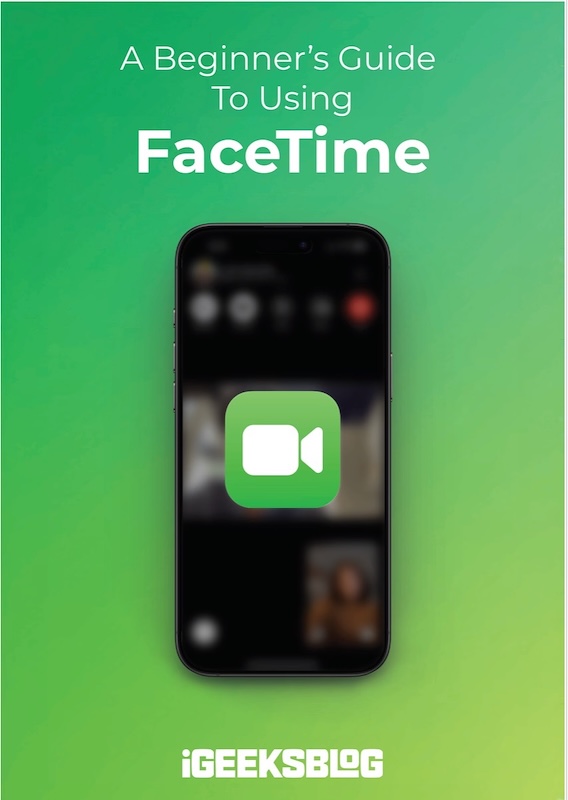
FaceTime Like a Pro
Get our exclusive Ultimate FaceTime Guide 📚 — absolutely FREE when you sign up for our newsletter below.

FaceTime Like a Pro
Get our exclusive Ultimate FaceTime Guide 📚 — absolutely FREE when you sign up for our newsletter below.
Apple’s new BCI HID protocol allows an ALS patient to control an iPad using only his thoughts. In a live demo, Mark Jackson navigates apps and types hands-free on iOS 26.
Earlier this year, Apple confirmed that iOS 26 and iPadOS 26 would support brain-computer interfaces (BCIs) for accessibility. Now, we have our first public look at the technology in action. A new video from Synchron shows Mark Jackson, a participant in the company’s COMMAND clinical trial and a person living with ALS, controlling an iPad using only his thoughts.
In the clip, Mark navigates the home screen, opens apps, and even composes messages without touching the screen, speaking, or moving his eyes. It’s powered by Synchron’s Stentrode implant and Apple’s new BCI Human Interface Device (HID) protocol.
Watch the demo here:
In the demo, Mark says:
“When I lost the use of my hands, I thought I had lost my independence. Now, with my iPad, I can message my loved ones, read the news, and stay connected with the world, just by thinking. It’s given me part of my life back.” Synchron’s team added that Mark is the first person in the world to control an iPad entirely through thought using the new BCI HID, calling it a massive milestone for accessibility and BCI technology.
Apple first tested its BCI HID system with Vision Pro in 2024 before expanding to iPhones and iPads. While it didn’t make a big marketing push, the technology is now baked into iOS 26 and is actively being used in FDA-approved trials. Synchron has implanted its Stentrode in 10 participants so far, across the United States and Australia.
If you want to take a closer look, here’s how this brain control technology works in simple terms:
The Stentrode is placed in a blood vessel near the brain’s motor cortex using a simple procedure through the jugular vein. It picks up brain signals related to movement. These signals travel wirelessly to a small decoder that connects directly to iPadOS using Apple’s BCI HID protocol.
Apple’s system works with its Switch Control accessibility feature, so the iPad reads brain signals just like it would touch or voice input. The iPad also shares on-screen context back to the BCI, helping improve accuracy and navigation.
Unlike Neuralink’s N1 chip, which requires open-brain surgery, Synchron’s approach is far less invasive. That makes it more practical for medical and accessibility use right now.
This is still an early preview, and Apple hasn’t officially showcased it yet. How Apple chooses to present it and how widely it’s adopted by people with accessibility needs remains to be seen.